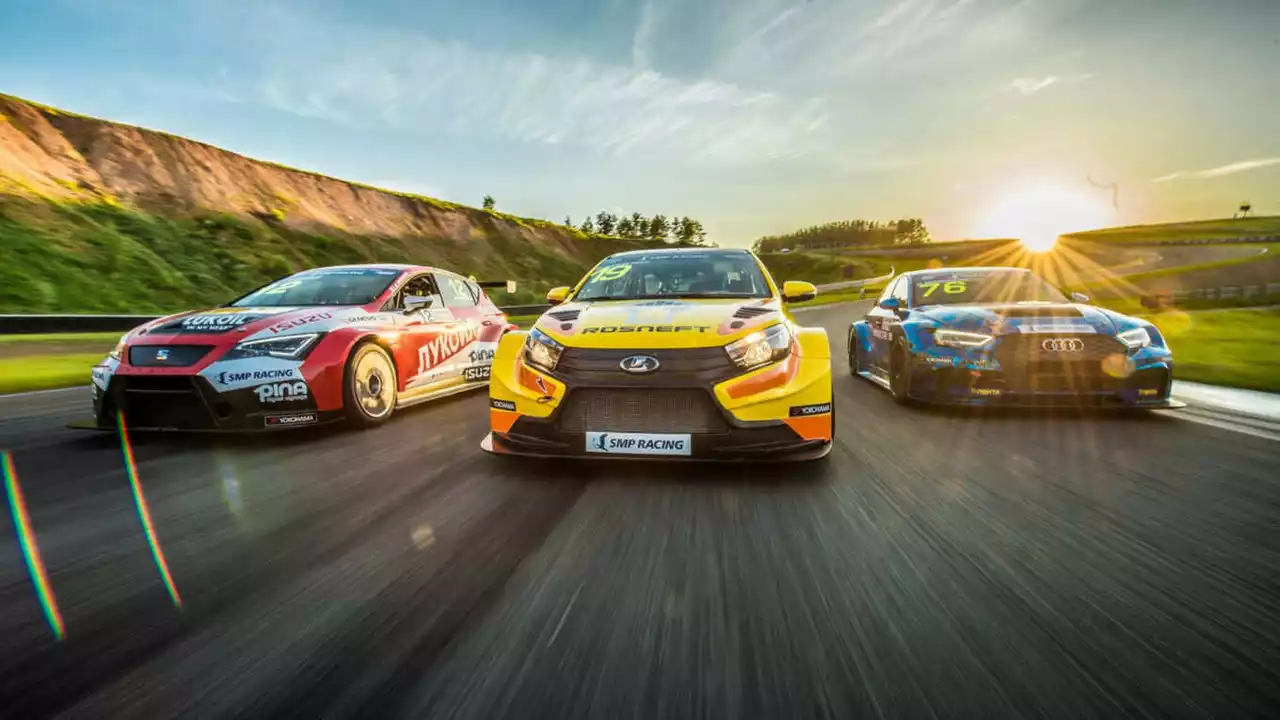F1 Racing Basics and How to Get Started
If you’ve ever watched a Formula 1 race and felt the rush, you’re not alone. The roar of the engines, the split‑second overtakes, and the smell of burnt rubber pull people in fast. But jumping into F1 doesn’t mean you need a supercar or a racing licence. Start with the basics: learn the track layout, get familiar with the car’s controls, and watch a few races to see how the pros handle corners.
First thing on the checklist is the steering wheel. An F1 wheel isn’t just a circle; it’s a dashboard full of buttons for changing gears, adjusting brake bias, and tweaking engine maps. You don’t have to master every button right away. Focus on the gear shift lever and the brake pedal. Practice smooth upshifts and downshifts while keeping the car balanced.
Key Skills Every F1 Fan Should Know
One skill that separates good drivers from great ones is braking technique. In F1, you brake later and harder than in street driving. Try the “threshold brake” method: press the pedal firm enough to get maximum deceleration but not so hard that the wheels lock. This keeps the tires glued to the asphalt and lets you carry more speed into a corner.
Another essential is the handbrake. While not used as often as in rally, the handbrake can help with tight hairpins on street circuits. Pull it just enough to lock the rear wheels for a split second, slide the car a bit, then straighten out. Practice this in a safe simulation or on a closed track before trying it on a real road.
Reading the track is also a big part of F1. Look for the "racing line" – the path that lets you take the fastest route through a corner. The line usually involves a wide entry, a tight apex, and a smooth exit. On a straight, stay in the middle to avoid turbulence from other cars.
Bringing Rally Knowledge into F1
Ever wonder if rally tricks can help in F1? Absolutely. Rally drivers are masters of car control on slippery surfaces, which translates well to wet F1 tracks. Techniques like left‑foot braking and using the handbrake to rotate the car can give you an edge when the rain hits.
Rallyers also rely heavily on pace notes – short, spoken instructions about the upcoming terrain. In F1, you can create your own "quick notes" for each circuit: where the grip changes, when you’ll need a big brake, and where the overtaking spots are. Write them down and review before each session.
Finally, fitness matters. Rally drivers train for endurance because they’re often on rough roads for hours. F1 drivers need similar stamina to keep reaction times sharp through a long race. Simple cardio, core work, and neck exercises can boost your performance whether you’re on a simulator or watching live.
So, whether you’re a teen just starting, a seasoned rally fan, or a casual viewer, these tips give you a practical start in the world of F1 racing. Grab a steering wheel controller, practice the basics, and soon you’ll feel the thrill of the Grand Prix from your own living room. Remember, the key is to keep it simple, stay consistent, and enjoy every lap.

How does race driving strategy differ between rally and F1?
Racing strategies vary greatly between rally and F1 races, folks. Rally racing is all about endurance and mastering unpredictable terrains, so drivers often prioritize careful navigation and car preservation. On the other hand, F1 racing is a flat-out sprint on a defined circuit, where precision and speed are paramount, and drivers focus on aggressive overtaking and strategic pit stops. Essentially, rally drivers are playing the long game, while F1 drivers are all about that instant burst of speed and tactical execution. It's fascinating how one sport can have such diverse approaches, isn't it?